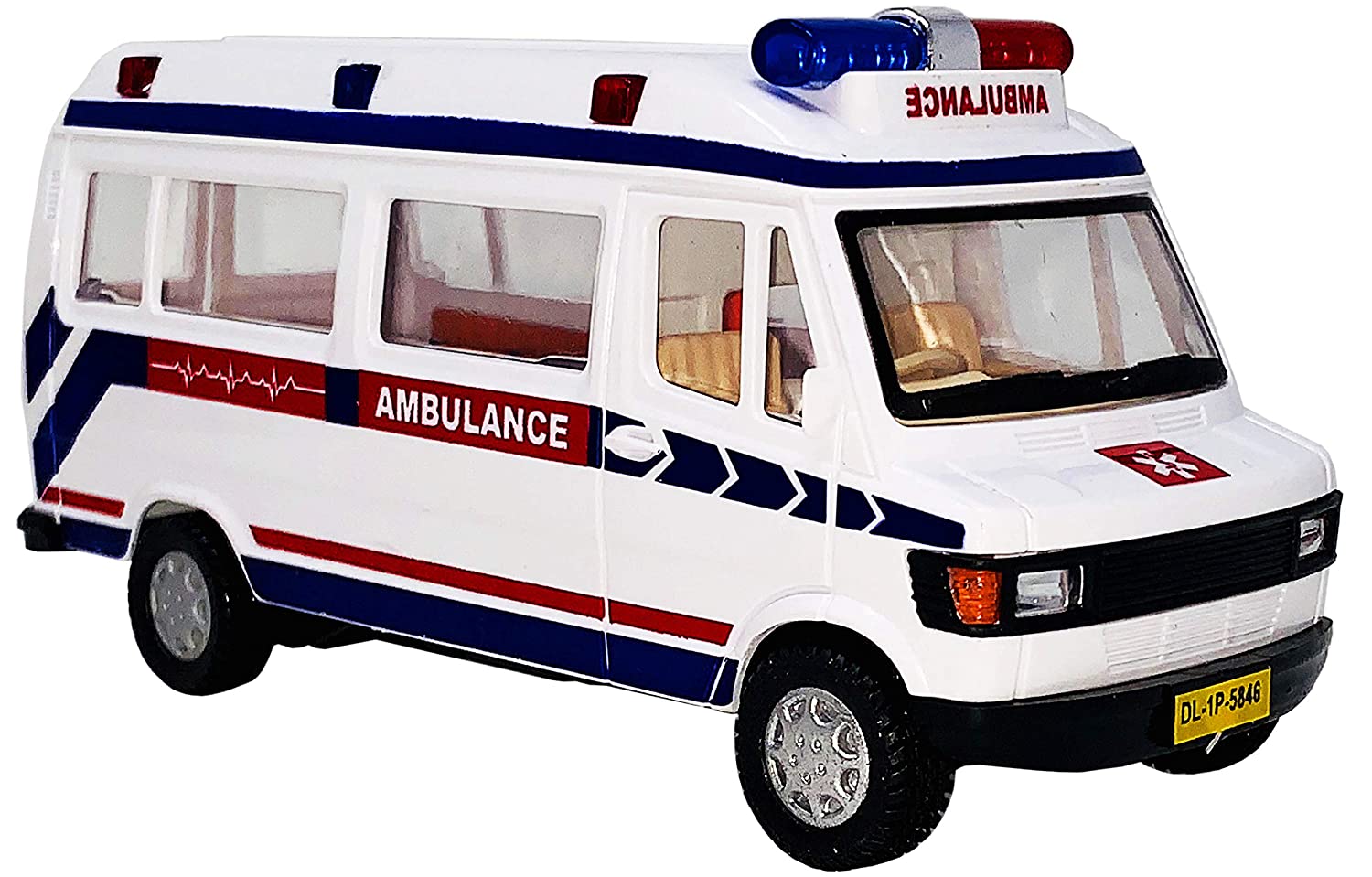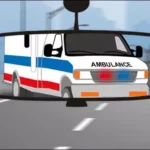 " title="Why Are Ambulance White? how to help an ambulance stuck in traffic
" decoding="async" srcset="https://www.medrot.com/wp-content/uploads/2022/11/81ZpI3J-TIL._SL1500_.jpg 1500w, https://www.medrot.com/wp-content/uploads/2022/11/81ZpI3J-TIL._SL1500_-300x192.jpg 300w, https://www.medrot.com/wp-content/uploads/2022/11/81ZpI3J-TIL._SL1500_-1024x655.jpg 1024w, https://www.medrot.com/wp-content/uploads/2022/11/81ZpI3J-TIL._SL1500_-768x491.jpg 768w" sizes="(max-width: 1500px) 100vw, 1500px" />
" title="Why Are Ambulance White? how to help an ambulance stuck in traffic
" decoding="async" srcset="https://www.medrot.com/wp-content/uploads/2022/11/81ZpI3J-TIL._SL1500_.jpg 1500w, https://www.medrot.com/wp-content/uploads/2022/11/81ZpI3J-TIL._SL1500_-300x192.jpg 300w, https://www.medrot.com/wp-content/uploads/2022/11/81ZpI3J-TIL._SL1500_-1024x655.jpg 1024w, https://www.medrot.com/wp-content/uploads/2022/11/81ZpI3J-TIL._SL1500_-768x491.jpg 768w" sizes="(max-width: 1500px) 100vw, 1500px" />Table of Contents
The reason that ambulances are white-
Ambulances transport patients who are experiencing medical problems, including occasionally life-threatening ones; as a result, they should always be given priority when rushing on the roadways. For safety concerns, specific colors are used so that people may quickly spot an ambulance from a greater distance. In light of this, white color reflects the most in the sun and in light, which is why ambulances are painted white.
There are regulations for painting ambulances exclusively in vivid hues like white and yellow in many cities. The majority of ambulance color decisions are made with safety and simple identification in mind.
Red and blue ambulance lights: Why?
Red is regarded as the color of emergency on a larger scale. Red is used everywhere to indicate an emergency, including on police cars, street lights, fire trucks, and ambulances. Speaking about the scientific justification for utilizing red lights on ambulances, red has the highest wavelength in the visible spectrum, making it visible in fog and from a distance. The unique lights are used to signal the situation to other pedestrians and vehicle drivers so they may make way for these specific vehicles when carrying patients or rushing for any emergency crisis.
Despite frequently using red lights, ambulances also occasionally employ blue siren lights. Both red and blue lights are to avoid hazardous circumstances.
What binds the community together is the city’s infrastructure. It keeps people secure, content, and healthy. But I’ve discovered a damaging defect is not just the nation’s but also our community’s infrastructure. One of the most crucial components of infrastructure, the healthcare system, is impacted by this defect. Both medical practices and hospitals are part of this system. The issue I’ve discovered has an impact on ambulances.
Sometimes situations cannot be attended to by ambulances quickly enough. Traffic congestion frequently prevents first responders from getting patients to a hospital in time. In 2017, traffic congestion was to blame for 20% of fatalities among emergency room patients. Ambulance crashes are a further factor. There were a total of 84,810 ambulance crashes between 1990 and 2009. 121 of them resulted in death.
51 of these collisions involved ambulances that were in use for emergencies. The travel time to the hospital after the patient has been picked up from the scene of the incident is the third factor. The typical distance from an emergency department (ED) in urban areas is 3.6 miles. This distance rises to 5.1 miles in a non-metropolitan area. This distance is 4.35 miles on average. Given that the average speed limit in Pennsylvania is 70 mph, this distance should be readily reached in a matter of minutes. In the city, it is all too typical to see an ambulance screaming amid a busy street.
Vehicle users have a responsibility to enable unfettered access to ambulances so that the patient can obtain care within the crucial first hour, or “golden hour.”
B. Dayanand, Additional Commissioner of Police, advised motorists to maintain a left-hand lane and slow down to allow ambulances to pass on their right (Traffic). Ambulances, fire trucks, and other emergency vehicles should always take precedence, he emphasized.
But there is a workaround. Designating specific roads as “Ambulance Routes” would be the simplest approach to reduce the number of time ambulances spend on the road and accidents. These roadways would connect large residential areas with hospitals and emergency departments. They would be lined with lights that, like railroad or drawbridge lights, would switch on when an ambulance is on its way and is going to utilize that road. These lights would alert vehicles to the presence of an ambulance and instruct them to vacate the road. These roads would be especially useful when it’s rainy or snowy because crashes are more likely. These lights are not only useful for ambulances; they are also useful for all emergency responders. By encouraging ambulance drivers to stick to the ambulance routes, which would have less traffic and immediately lead to the closest ED, this proposal would address the issue of ambulances not getting to the closest ED. Engineers with experience in civil engineering, mechanical engineering, and urban planning would be used to build these ambulance routes. Mechanical engineering would be utilized for the upkeep and perhaps the development of the lights.
Where the lights would be needed would be decided by urban planners. Only if it is determined that there isn’t an efficient direct path from a significant residential area to an ED would civil engineers be required. Cost is one of the main drawbacks of this solution. Good quality LED or strobe lights can range in price from $50 to $100, according to Walmart.com. However, the expense would be fully justified if it meant saving lives. Since the lights could be attached to existing telephone poles, lampposts, and buildings, space wouldn’t be an issue. Another drawback would be careless drivers who obstruct the path of the ambulances by running red lights. Implementing a fine for anyone who obstructs an intersection would be the simplest way to solve this issue for an emergency responder’s path.



